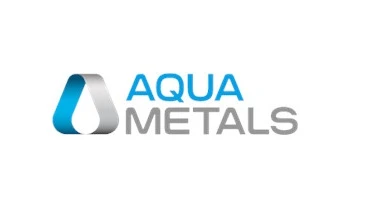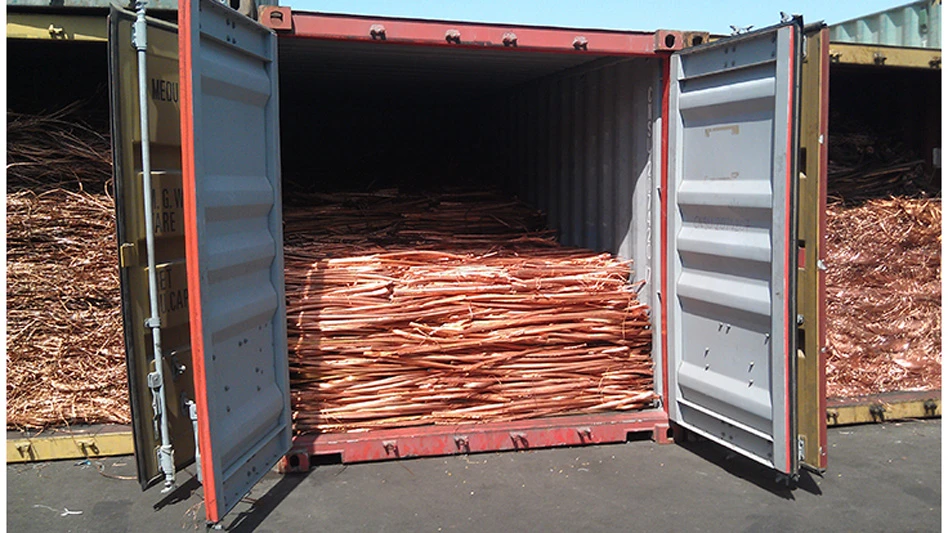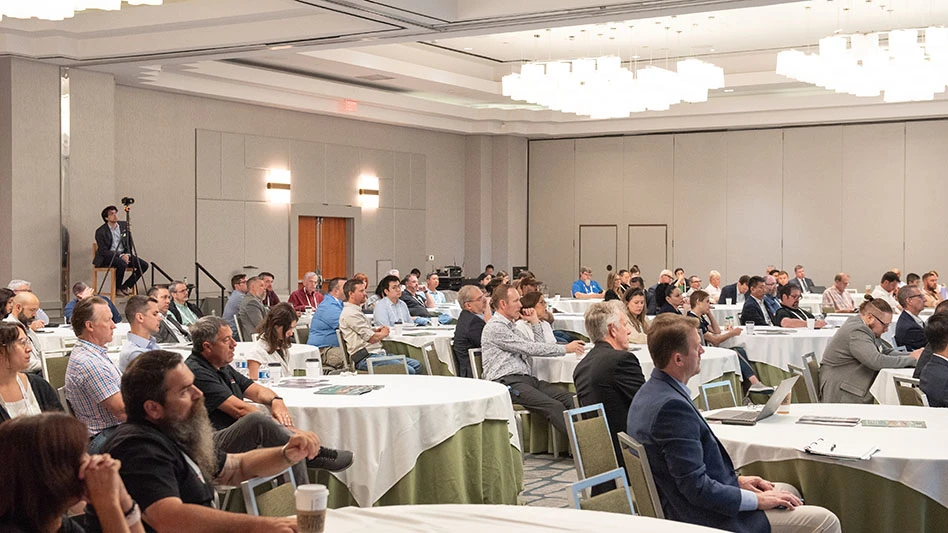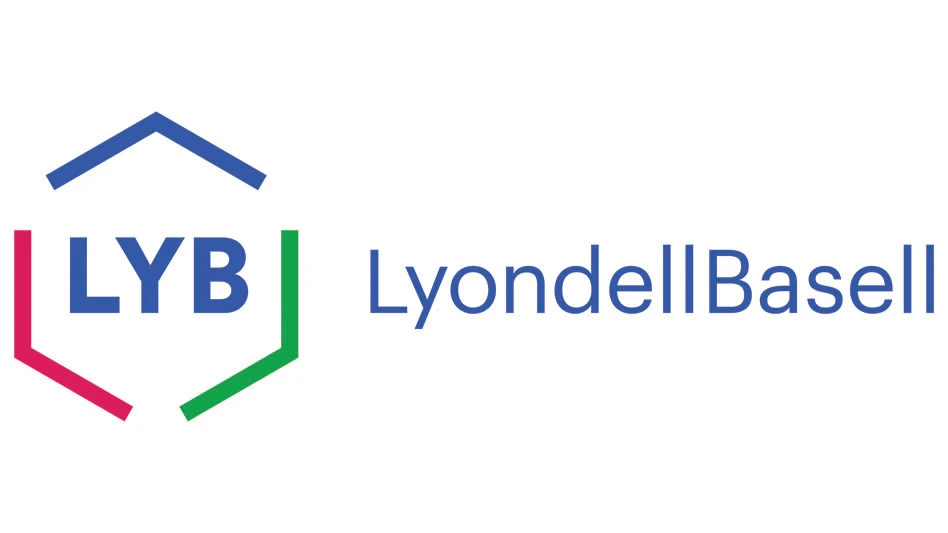In part by building a strong foundation in the alternative fuel market, GreenMan Technologies of Lynnfield, Mass., has discovered success.
Charles (Chuck) Coppa, CFO of GreenMan Technologies, Lynnfield, Mass., credits the company’s recent success to a simple strategy: focusing GreenMan’s resources toward building a strong, profitable core business and then adding opportunities when the markets dictate.
GreenMan was formed in 1992. Coppa says the founders’ original premise involved making retail products out of recycled rubber and plastic; hence the name GreenMan, a reference to “green manufacturing.” The company started with an injection molding operation in Arkansas, but was ahead of its time in terms of market acceptance.
“We were devoting valuable corporate resources towards developing markets for products instead of products for markets,” Coppa says. “In 1997, the board of directors was astute enough to realize that our business plan needed to be revised in order to assure our future viability and profitability.”
IN THE BEGINNING
“We needed to focus on established markets and develop products for those markets,” Coppa says. “We knew that our core business of ‘tire grinding’ could be profitable. Our tire collection and shredding operations have been profitable from the onset in 1997, an observation not easily made, given the performance of our other ‘non-core’ operations.”
As a result, the company’s management team decided to focus its resources on what it did best, the procurement, size-reduction and marketing of tires.
“We absolutely had some naysayers when we said we were going to focus on the grinding of tires,” Coppa says.
GreenMan’s response to the skeptics: “The scrap tire problem is not going away . . . and neither are we,” Coppa says.
In July of 1997 the board hired Bob Davis as GreenMan’s new CEO. Davis had served as vice president of recycling for Browning-Ferris Industries Inc., Houston, since 1990. He is credited with growing that startup operation to $650 million a year in revenues.
Coppa says that Davis has a proven record of growing recycling businesses. “He brought a lot of credibility” to GreenMan, he adds.
The founders exited. Coppa, who joined GreenMan in 1995 as corporate controller, was promoted to CFO in March of 1998. GreenMan’s new senior management team assessed the company’s various initiatives and determined that it needed to retrench and focus on one core business.
They anticipated that the turnaround would take two years. In actuality, it took four. As a result, the company has $24 million in net loss carry-overs. “Most people would have just shut the doors, accepted defeat and moved on,” Coppa says. “We would not.”
Coppa credits the perseverance of GreenMan’s employees with the company’s success. “The sacrifices and commitment that our people have made over the last four and a half years have been significant…These are the kind of people that inspire you, and that’s why we’re here and prospering today.”
STABLE FOOTING
Today, GreenMan only adds businesses, relationships and product lines that compliment the core tire collecting, size reduction and marketing business. For example, in April 2001 GreenMan acquired Tennessee Tire Recycling, a business that supplies whole tires to three of the largest cement companies in the world.
Currently, GreenMan has eight such kiln supply relationships in Georgia, Tennessee, Florida, Michigan, Texas, Oklahoma and South Carolina. “Right now there are over 100 cement kilns in the U.S. That’s a huge opportunity for us on a going forward basis,” Coppa says.
In this fiscal year, Coppa estimates that GreenMan will handle more than 25 million passenger tire equivalents, or PTEs, which is 9 to 10 percent of the current U.S. generation. GreenMan handled 21 million PTEs in 2001 and 18 million in 1999. Coppa says GreenMan’s whole tire kiln relationships in conjunction with its processing infrastructure will allow the company to continue to grow its business with minimal capital investment.
|
Tapping the Potential of Scrap Tires |
|
GreenMan is not the only company tapping into the profit potential of scrap tires. The rubber from recycled tires lends itself to a variety of applications ranging from asphalt to septic tanks, while a California steel maker is recycling the steel belted cord from the tires. Speaking at the Spotlight on Rubber at the Institute for Recycling Industries Inc. (ISRI) Annual Convention in Las Vegas, Cliff Ashcroft, vice president of FNF Construction, Fullerton, Calif., and member of the Rubber Pavements Association, Tempe, Ariz., said that “the potential is absolutely phenomenal” for tires used in asphalt paving. In addition to using 1,000 tires per lane mile, Ashcroft said that incorporating recycled crumb rubber into asphalt results in a superior product that is more cost effective in its design and that lasts longer. Ashcroft said that an additional benefit of asphalt rubber is a 30 to 50 percent noise reduction. Clifton Roberts, formerly an environmentalist with the South Carolina Department of Health and Environmental Control, said that 1,000 septic tank installations are done each year in Hurry County, S.C., which has a population of 220,000. Each installation can potentially use 1,000 tires. The county has discovered that tire chips provide a variety of advantages, including a low cost. Leonard Robinson of Tamco Steel, Rancho Cucamonga, Calif., said the steel belts provide many alloys. Currently, Tamco takes the cord for free, though he said if the cord could be supplied in briquettes of consistent quality, Tamco would value the material similarly to no. 1 ferrous scrap. |
“On the size-reduction side of the business, we can be constrained by the capacity of our equipment. In the case of the kiln relationships, or the whole-tire side of the business, there really are minimal restrictions,” Coppa says. “Once a new kiln supply opportunity has been identified, it is our responsibility to develop a sufficient supply of whole tires to meet their demand requirements.
“It provides us the opportunity to broaden the GreenMan footprint throughout North America and to establish relationships with people in new geographic areas with very minimal capital investment,” he notes.
GreenMan also sees opportunity for growth on the size-reduction side of the business because of its fragmented nature. In January, GreenMan acquired An-Gun Inc., Wisconsin, a company that Coppa says is typical of the opportunities available. GreenMan also announced plans to acquire the Des Moines, Iowa, tire processing operations of Utah Tire Recyclers March 19.
When added to existing high-volume plants in Georgia, Minnesota and Wisconsin, GreenMan has the capacity to process about 35 million tires annually. Additionally, the kiln relationships represent from a half million to upwards of three million tires per year, per location.
THE OPERATION
GreenMan’s shredding facilities are equipped with commercially available shredders that sequentially reduce tires from their whole state to a one- or two-inch nominal tire chip.
Coppa says that GreenMan’s customer base specifies tire chips that do not contain a significant amount of metal, which could negatively impact the systems used to feed the chips into kilns or boilers. This process resulted in the disposal of approximately 30 percent to 40 percent by weight of the tires.
“Historically, we’ve landfilled that material as processing residual,” Coppa says, which cost the company more than $1 million annually. “During this past year, we installed equipment at our Georgia facility to further process the waste tire residual into saleable components of rubber and steel that not only provide new sources of revenue but also reduce disposal costs, allowing us to move closer to recycling 100 percent of the tire.”
Similar equipment is in place in the Wisconsin location, and the company plans to evaluate its Minnesota location to determine if further processing equipment is warranted.
Coppa says that GreenMan sources 85 to 90 percent of its tires from local, regional and national tire stores and from tire manufacturing plants. “We have relationships with all of the large tire manufacturing companies. With approximately 280 million new scrap tires generated per year in the U.S., our primary focus is to expand our market share of this current generation number.”
However, GreenMan also participates in tire pile cleanup (abatement) projects “It’s business that we look for,” Coppa says. These projects help GreenMan keep capacity up in the seasonably slower months, from December through April. They also help to foster a positive relationship with state regulatory agencies, he says.
GreenMan sells its tire chips and whole tires to alternative energy markets within the cement, paper manufacturing and power industries where the tires are used as a supplement to coal. “There’s about 2.5 gallons of petroleum in each tire, and tire chips tend to burn hotter and cleaner than a lot of the coals that they are using,” Coppa says.
Whole tires used in cement kilns provide additional benefits. “One of the components in making portland cement is iron oxide. The reason they use tires is because of the steel in the tires, which replaces iron oxide in the manufacture of cement.” The tires also help reduce nitrous oxide emissions generated by the cement kilns. “The cement kilns have seen anywhere from a 40 to 60 percent reduction in their NOx emissions as a result of burning tires,” Coppa says.
Additionally, GreenMan sells tire chips into civil engineering applications, though Coppa says GreenMan has reduced its position in this market because of increasing demand for alternative fuels. GreenMan also sells a growing amount of materials into markets that use rubber as a feedstock. “As a result of our processing equipment in Georgia, we’re now getting clean rubber coming out of our rubber/steel separation system. We sell this feedstock to people who then take it and either use it in playground applications, rubber mat applications or [for] higher value-added opportunities,” Coppa says.
FOSTERING FUTURE STRENGTHS
“We believe a diversified end market customer base is extremely important because you never want 100 percent of your end product going into any one single market, because if any one has a glitch, then you have to start inventorying material,” Coppa says. “Our objective is to have minimal stock on hand at any one time and just continuously move material to market.”
In addition to the constant movement of material, Coppa says GreenMan’s attention to customer service and dedication to regulatory compliance has contributed to its double-digit revenue and volume growth during the past several years.
“We really focus on regulatory compliance, working with the government agencies. We have a full-time environmental compliance person on staff to ensure that we’re in compliance at all times with all the regulations,” Coppa remarks.
“With over 280 million new scrap tires generated each year, the opportunities in front of us are significant,” Coppa says. “In order to achieve our goal of becoming the industry leader, accretive growth will need to come through continuing internal enhancements coupled with external expansion in the form of strategic acquisitions and partnerships. We believe that by maintaining focus and implementing our business plan intelligently and methodically we can differentiate ourselves within our industry.”
The author is assistant editor of Recycling Today and can be contacted via e-mail at dtoto@RecyclingToday.com.

Explore the April 2002 Issue
Check out more from this issue and find your next story to read.
Latest from Recycling Today
- APR, RecyClass release partnership progress report
- Clearpoint Recycling, Enviroo sign PET supply contract
- Invista expanding ISCC Plus certification program
- Redwood partnership targets recycling of medium-format batteries
- Enfinite forms Hazardous & Specialty Waste Management Council
- Combined DRS, EPR legislation introduced in Rhode Island
- Eureka Recycling starts up newly upgraded MRF
- Reconomy Close the Gap campaign highlights need for circularity







